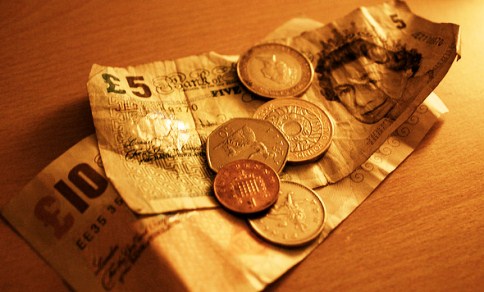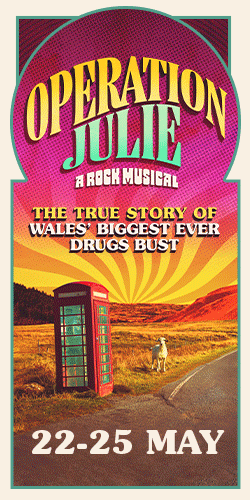
Borrowing money is an inherently risky endeavour, but one that every one of us engages in at some point.
Whether dipping into an overdraft to buy a necessary item, or entering into a decades-long mortgage agreement in order to buy a home, borrowing is a fact of life.
And yet many of us do not understand some of the basic mechanisms governing it.
For example, there are two principal kinds of loan: secured, and unsecured. What are the differences, and which should you use?
What is a Secured Loan?
A secured loan, quite simply, is a loan which is ‘secured’ against a pre-existing asset.
A high-value asset is used as collateral, wherein failure to meet repayment terms results in forfeiture of the asset to recoup the value of the loan in question. For example, if you are starting up or investing in a restaurant business and apply for a secured restaurant business loan, it is likely that the asset used as security by the lender would be the business itself.
The most common form of collateral used is property, and perhaps the most visible form of secured loan to the average household is the mortgage.
But secured loans come in various sizes and packages, and can be used for a wide variety of purposes.
They are a relatively safe form of borrowing, as the existence of the security allows for lower rates of interest and more agreement repayment terms.
What is an Unsecured Loan?
An unsecured loan, by contrast, is a loan given without collateral.
No large assets are required to secure the loan, making the process a little quicker, simpler and more accessible for those without high-value belongings with which to back the loan.
These are more commonly used by start-up businesses for investment capital, where infrastructure hasn’t been built up and money is required to kick-start operations.
Again, though, there are many different kinds of unsecured loan – including unpopular and high-risk payday loans, which have seen increased regulation in recent years.
Secured Vs. Unsecured
But how can you know which type of loan to use in a given circumstance?
In order to understand this, it is first important to understand the key differences between the loans, and the direct advantages or disadvantages they present.
For example, secured loans incur risk for the borrower, as a high-value asset of theirs could be forfeit in the event of a financial faux-pas or emergency.
However, stable income negates this risk, and allows the borrower to benefit from lower interest rates.
But a secured loan would be overkill where a small amount of cash is concerned.
A consumer hoping to spread the cost of a payment – such as for a car or an appliance – might utilise unsecured borrowing for faster and lower-risk access to the cash.
Banks shoulder the risk here, and increase interest rates to offset said risk.
Which one you choose depends greatly on your financial situation and the purpose of the loan; only you can make the decision, based on the information available to you.

















Recent Comments